Handling LNG requires extensive safety training
The sales figures of Eesti Gaas demonstrate that the use of LNG (liquefied natural gas) has been increasing consistently, which demands greater awareness about the proper handling of LNG and safety from all related parties. To ensure this, an LNG-themed training day was organized by Eesti Gaas for the Estonian Rescue Board. 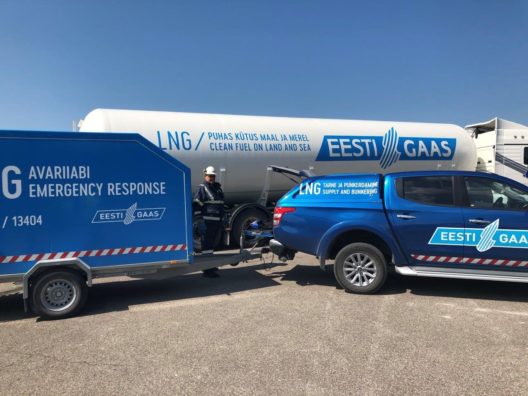
“In the course of the training day, we practiced situations which were as life-like as possible so that rescuers and other people whose work involves handling liquefied natural gas got a better understanding of safety and avoiding probable risks. The scope of the topics covered the entire LNG supply chain, including its production, transportation, the process of handling an LNG trailer and responding to a variety of probable accidents involving LNG,” said Sergei Jefimov, head of the department of technical development at Eesti Gaas. “Eesti Gaas has organized a 24h specialist response service and equipped a so-called LNG accident response trailer, which contains all the gear and equipment necessary for handling an emergency.”
The training day was conducted in the training ground of the EASS Rescue College in Väike-Maarja on 18 June. The participants comprised representatives of LNG transportation companies, specialists from Eesti Gaas and representatives of various rescue teams of the Rescue Board. The training was provided by Eesti Gaas in collaboration with Torbjörn Samuelsson, a consultant from the Safedays Cryogenics company, Norway.
“This time, the exercise was intended for rescue teams from Central Estonia. We had previously organized a similar training day for rescue teams from Harju County, and we aim to gradually spread LNG-related knowledge and skills among all rescue teams,” said Ksenia Vihrina, an emergency response service expert within the Rescue Board.
LNG (liquefied natural gas) is a clear, colorless and odorless liquid produced by means of cooling down natural gas to approximately -160 degrees. In the process of liquefication, the volume of the gas is reduced to 1/600th compared to its gaseous state, which allows natural gas to be stored and transported with greater efficiency.
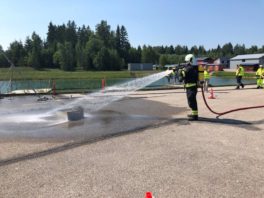
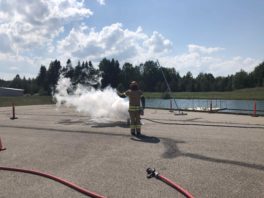
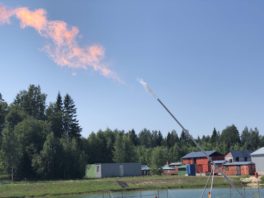
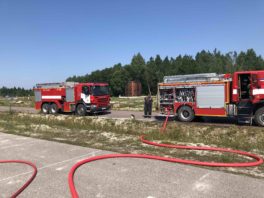
.

